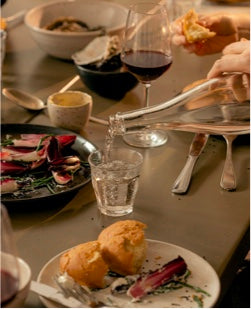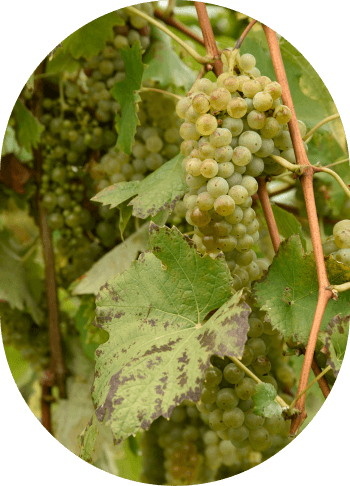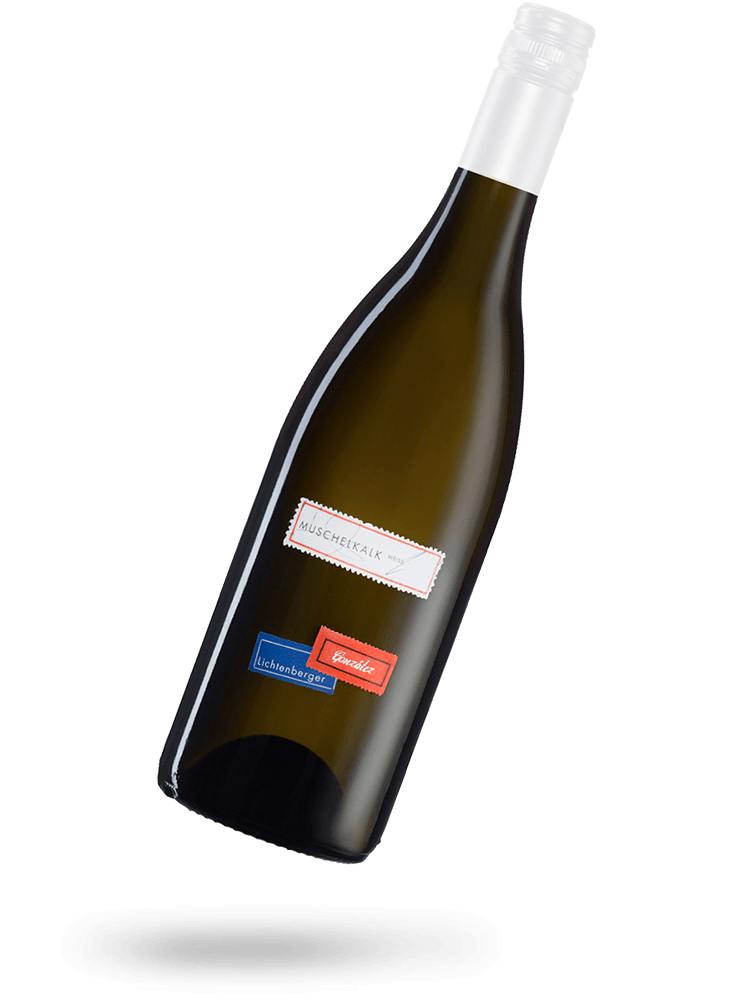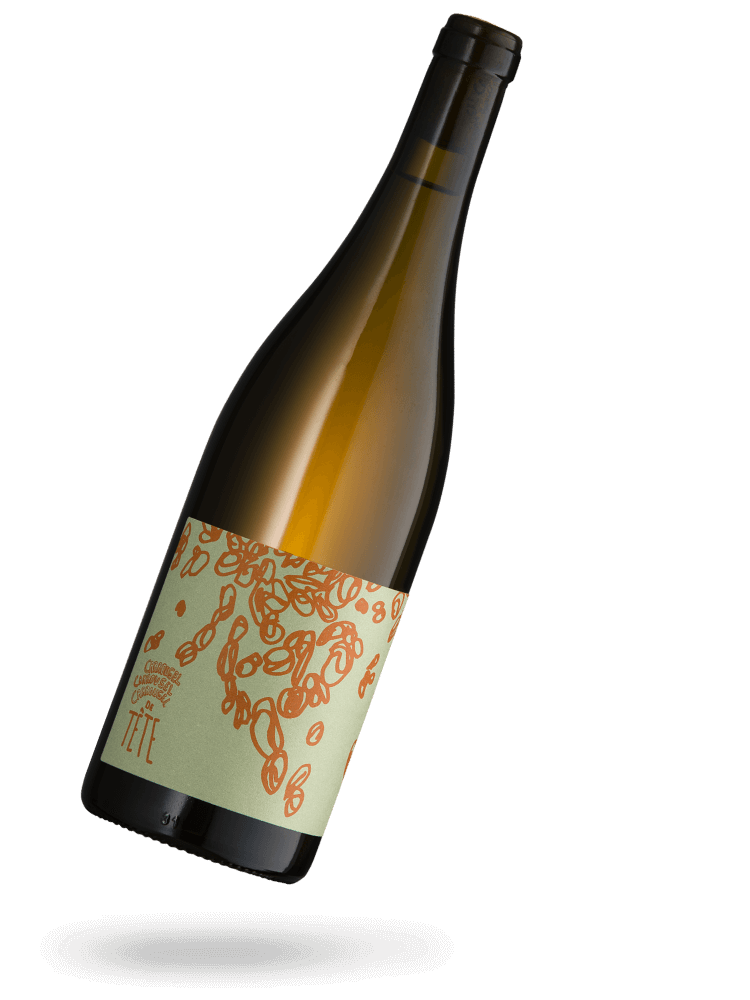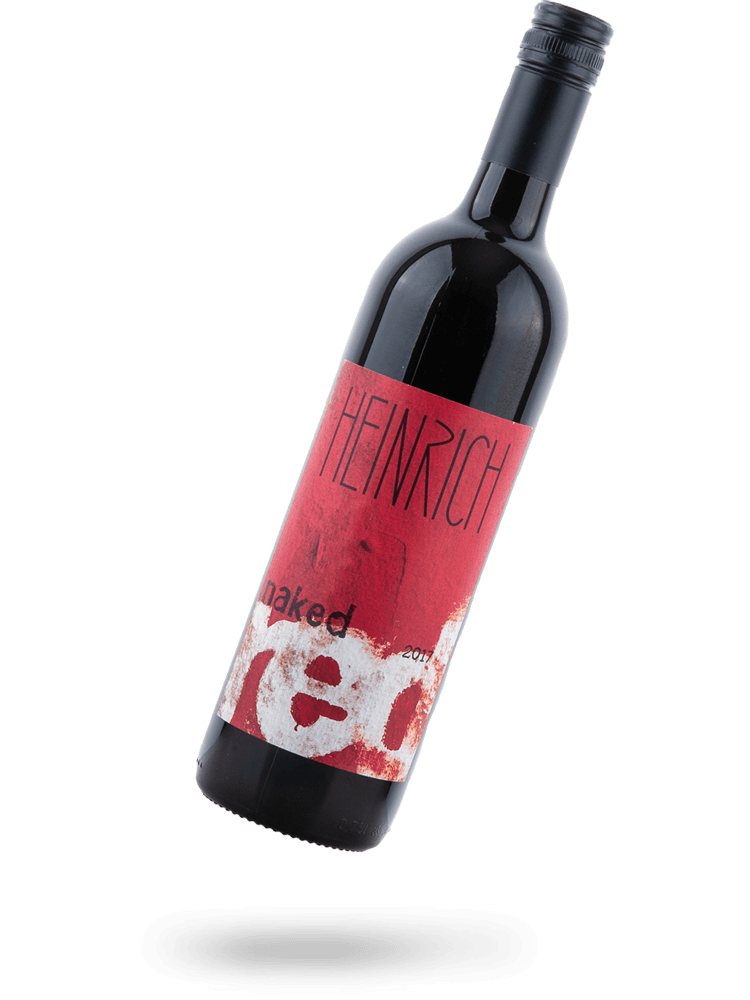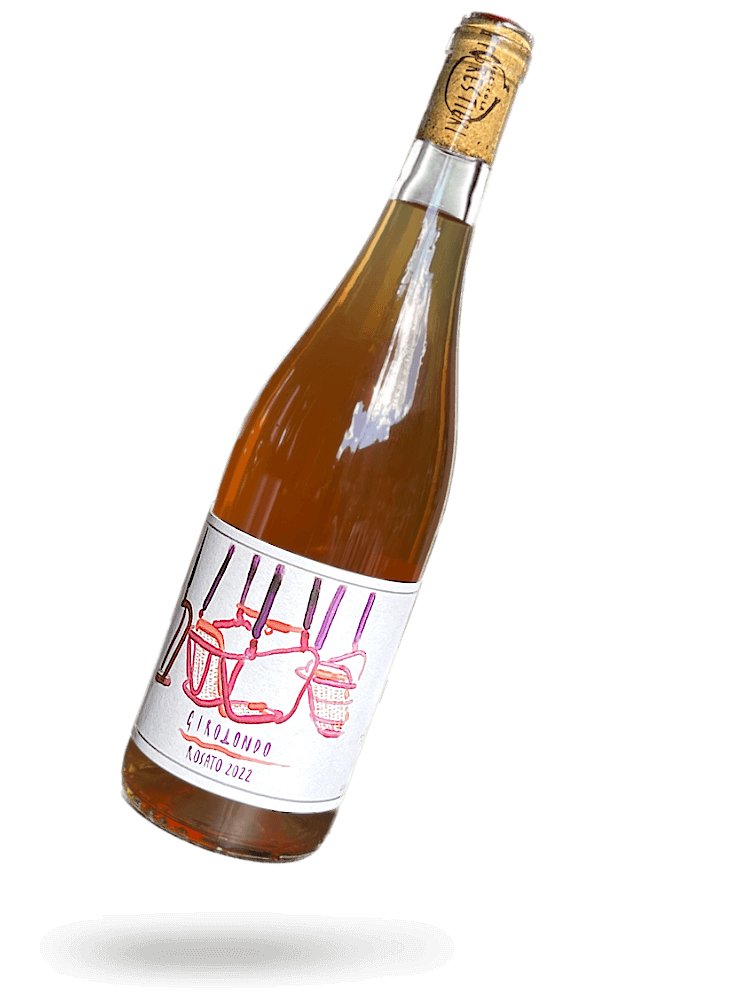Where does Grüner Veltliner come from?
Grüner Veltliner originally comes from Austria, more precisely from the Wachau wine-growing region in the province of Lower Austria. The existence of the grape variety dates back to the Middle Ages and there are several theories as to how the variety originated. One of these states that Grüner Veltliner was created through the natural crossing of the Traminer and St. Georgener grape varieties.








